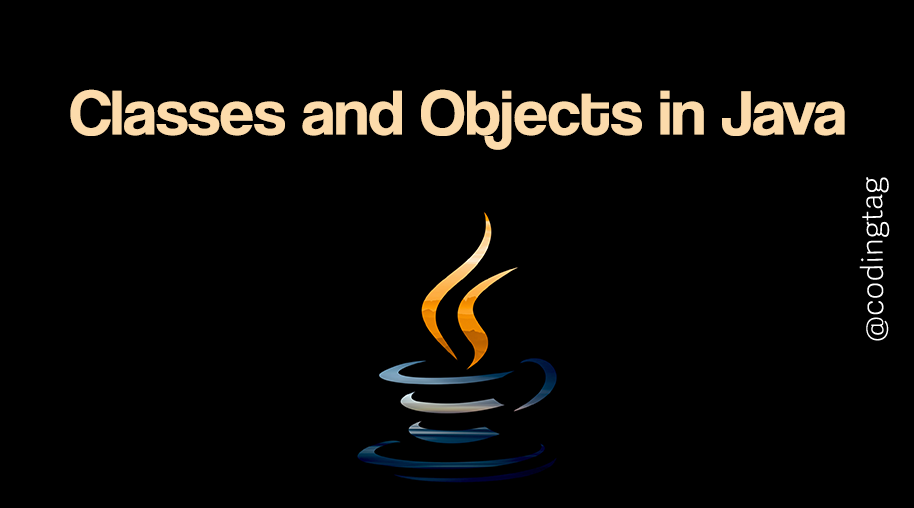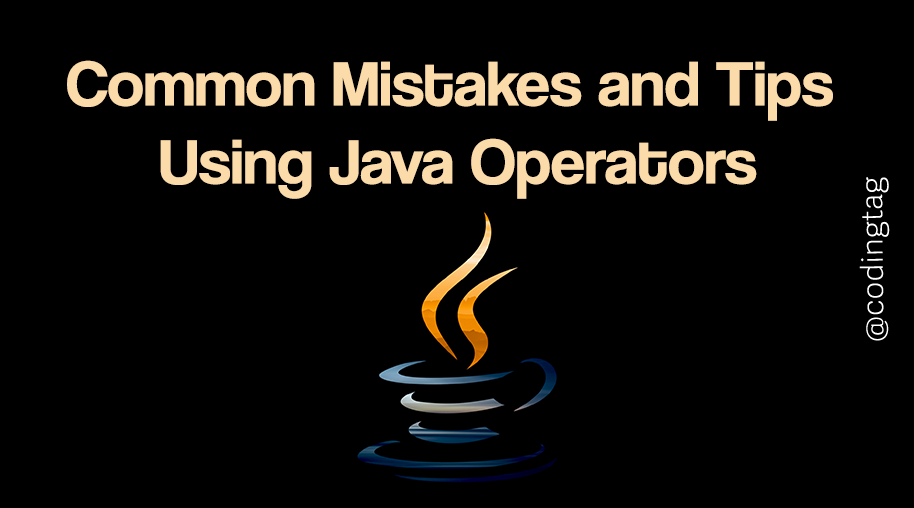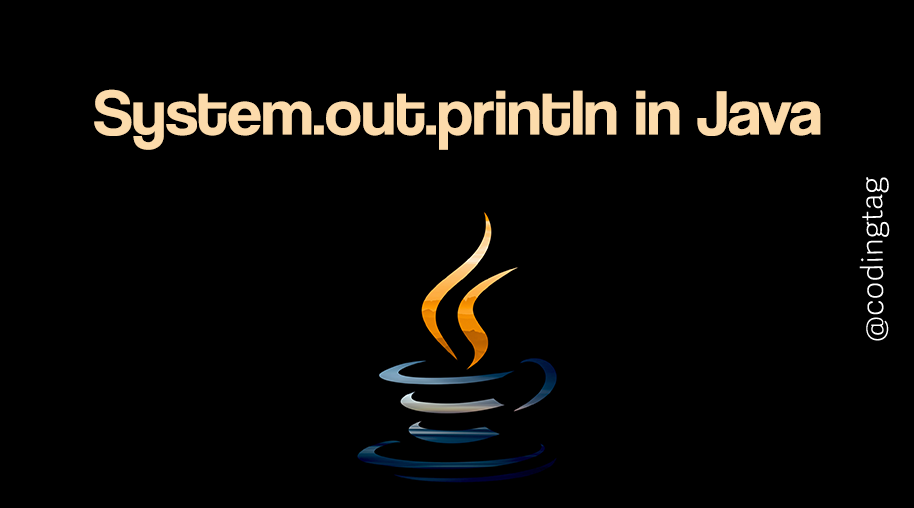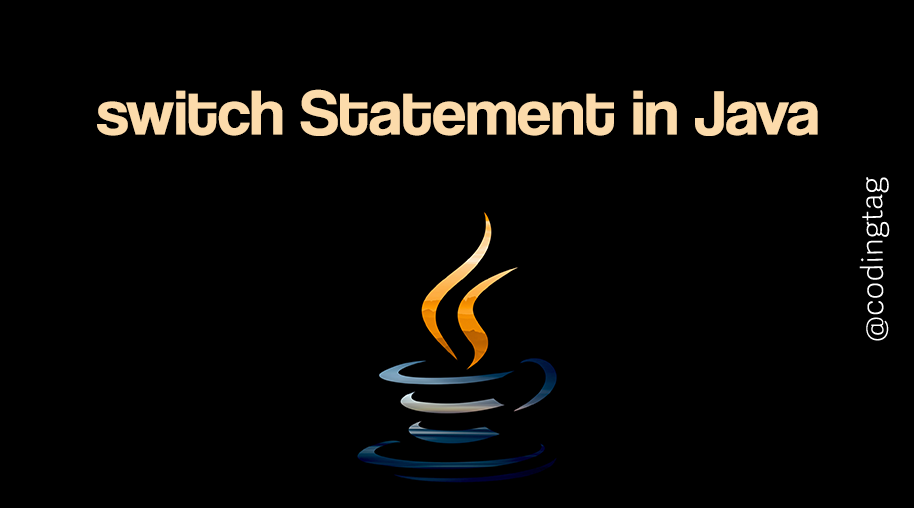Classes and Objects in Java
0 578
Introduction to Classes and Objects in Java
Java is an object-oriented programming language, and its entire structure is built around classes and objects. If you're new to Java or object-oriented programming (OOP), understanding Classes and Objects in Java is a fundamental step toward writing organized and reusable code.
What is a Class in Java?
A class in Java acts like a blueprint for creating objects. It defines properties (variables) and behaviors (methods) that the objects will have.
Think of a class as a template or a design plan.
class Car {
// Properties
String brand;
int year;
// Behavior
void displayInfo() {
System.out.println("Brand: " + brand + ", Year: " + year);
}
}
What is an Object in Java?
An object is an instance of a class. When you create an object, you're allocating memory and assigning actual values to the variables declared in the class.
You can also call the class’s methods using the object.
public class Main {
public static void main(String[] args) {
Car myCar = new Car(); // Creating an object
myCar.brand = "Toyota"; // Setting values
myCar.year = 2022;
myCar.displayInfo(); // Calling method
}
}
Understanding the Structure of a Java Class
Every class in Java typically includes:
- Instance variables (fields)
- Methods (functions)
- Constructors (optional but useful)
class Student {
String name;
int age;
// Method to display student info
void showDetails() {
System.out.println(name + " is " + age + " years old.");
}
}
Creating and Using Multiple Objects
You can create as many objects as needed from the same class. Each object holds its own set of data.
public class Main {
public static void main(String[] args) {
Student s1 = new Student();
s1.name = "Alice";
s1.age = 20;
Student s2 = new Student();
s2.name = "Bob";
s2.age = 22;
s1.showDetails();
s2.showDetails();
}
}
Why Use Classes and Objects?
Classes and objects help structure your code in a clean and modular way. Instead of writing a single block of code, you divide functionality into objects that mimic real-world entities.
This leads to better code reuse, scalability, and maintenance.
Key Points to Remember
- A class defines the structure and behavior.
- An object is an actual instance of a class.
- Each object has its own values for the properties defined in the class.
- Use the
newkeyword to create an object from a class.
Conclusion
Mastering Classes and Objects in Java is crucial for writing efficient, maintainable, and scalable code. They are the core building blocks of any Java program.
Once you understand how to design and use them effectively, you’ll be well on your way to writing clean and professional Java applications.
If you’re passionate about building a successful blogging website, check out this helpful guide at Coding Tag – How to Start a Successful Blog. It offers practical steps and expert tips to kickstart your blogging journey!
For dedicated UPSC exam preparation, we highly recommend visiting www.iasmania.com. It offers well-structured resources, current affairs, and subject-wise notes tailored specifically for aspirants. Start your journey today!

Share:







Comments
Waiting for your comments